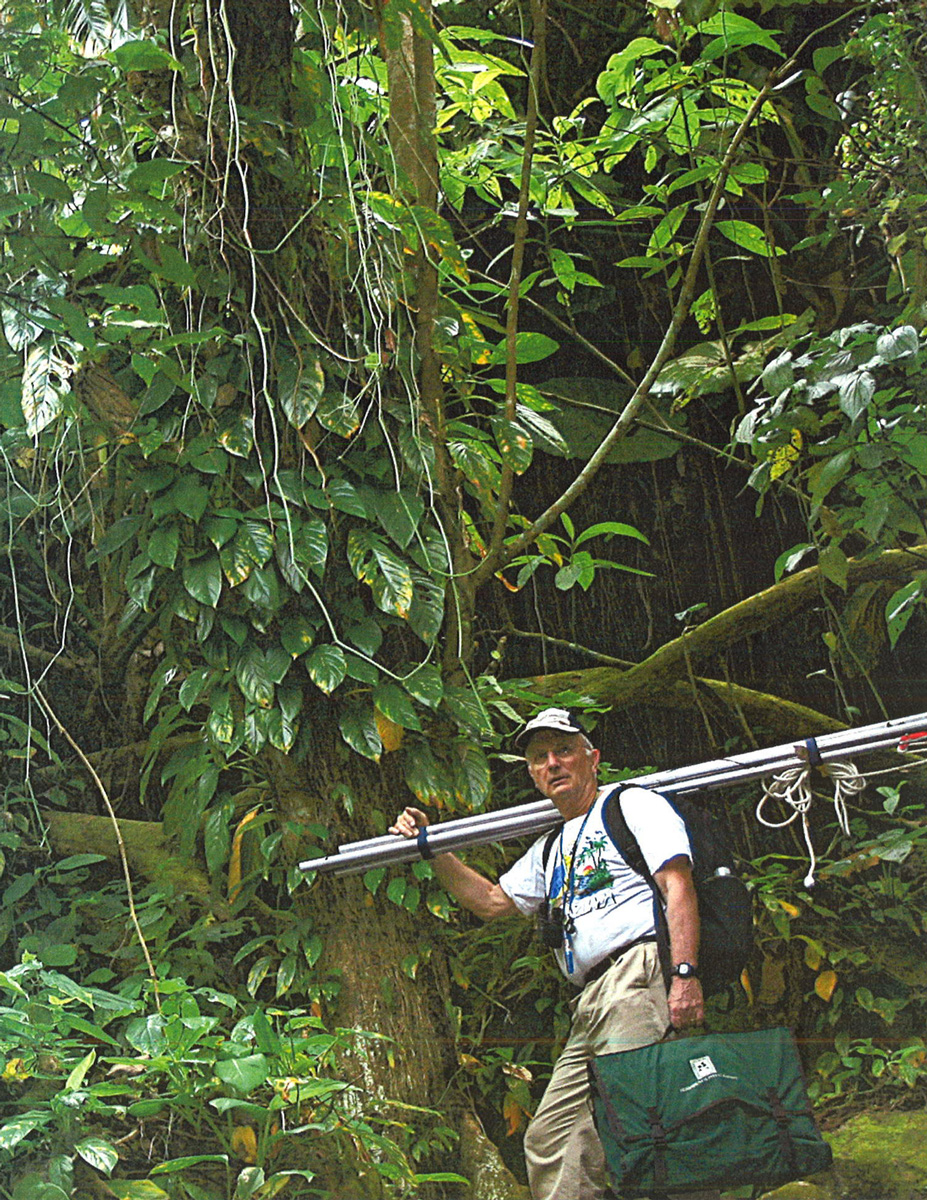A Salute to Scott Mori
Posted in Personalities in Science on March 26, 2015 by Brian Boom
Brian M. Boom, Ph.D., is Vice President for Conservation Strategy, Director of NYBG Press and Science Outreach, and Bassett Maguire Curator of Botany at The New York Botanical Garden.
Scott A. Mori, Ph.D., spent the vast majority of his long, distinguished career at The New York Botanical Garden, having arrived here in 1975 as Research Associate working with Dr. Ghillean Prance on the systematics and ecology of the Brazil nut family, Lecythidaceae. Last fall, some four decades later, he retired as Nathaniel Lord Britton Curator of Botany in the Garden’s Institute of Systematic Botany.

Before coming to the Garden, Scott received his M.S. and Ph.D. degrees at the University of Wisconsin, Madison, where his advisor was the legendary botanist and conservationist Dr. Hugh H. Iltis. Scott first gained experience in tropical botany during his graduate days through his expeditions to Mexico and Central America, and these experiences were the beginning of a life-long intellectual association with the Lecythidaceae. That brought him to the attention of Ghillean Prance, who was conducting research on neotropical Lecythidaceae, a research partnership that thrives to this day.
Scott is a prolific researcher, having written more than 130 scientific papers about plants and conservation, dozens of popular articles and blogs, and 12 books. His latest book, Tropical Plant Collecting: From the Field to the Internet, was published in 2011 and is designed to pass on what he learned as a botanist to make it easier and safer for others to carry out biological research in the tropics.
Scott is also a prodigious plant collector; more than 27,000 herbarium specimens bear his name. Scott made a special effort to collect lianas and trees from the lowlands of Amazonia, the Guianas, and the Atlantic coastal forests of eastern Brazil. To fund his studies of tropical plants, he was very successful in raising research funds not only from traditional sources such as the National Science Foundation and National Geographic Society but also through a creative and ambitious ecotour program that he conducted for many years with his wife, Carol Gracie.
Throughout his career, Scott has been an active and passionate teacher and mentor, and I am honored to have been the first of Scott’s 11 doctoral students. Over the years, he has taught and trained many times that number of interns, volunteers, and colleagues in the ways of tropical botany. Scott always made time for his students, and with his mentoring, as with other aspects of his life, he gave the effort his full attention and energy.
His decades of professional accomplishments have brought him many of the most prestigious awards in botany. Scott received the Engler Medal in Silver from the International Association of Plant Taxonomy for the best publication in systematic botany in 2002, the David Fairchild medal for tropical plant exploration for 2007 from the National Tropical Botanical Garden, and the Asa Gray Award for 2007 from the American Society of Plant Taxonomists.
While Scott has officially retired from the Garden, he is still here almost every day or working from his home in Westchester County, continuing his tireless pursuit of knowledge about botanical diversity and striving to interpret and conserve it for future generations.


This story takes me back many years. I first experienced Scott during my time in the CUNY plant sciences graduate program where students were able to take classes at both CUNY and NYBG. His study and research on the diversity of plant life in the South American tropics as he presented his experiences, enriched me beyond most of my graduate coursework. He is an amazingly talented instructor and mentor and likely to have touch hundreds of other students who were equally enthralled by his energy and devotion to forest conservation and discovery.